The nature of work is rapidly changing, and the rise of virtual assistance is a clear indicator of this shift. Virtual assistants (VAs) are independent contractors who provide administrative support to businesses, entrepreneurs, and executives remotely, via the internet. As the world becomes more connected and businesses look for ways to streamline operations and reduce costs, the use of virtual assistants is becoming more popular. In this article, we will explore the growing trend of virtual assistance and how it is changing the way businesses operate.
One of the main benefits of virtual assistance is it provides businesses with access to a pool of talented professionals from all over the world. This means businesses can tap into a global talent pool, without the need for physical office space. Virtual assistants can provide a wide range of services, including administrative support, social media management, customer support, bookkeeping, and more. By outsourcing these tasks to a virtual assistant, businesses can save time and focus on their core competencies, such as product development or marketing.
Another benefit of virtual assistance is it allows businesses to be more flexible and agile. Virtual assistants can be hired on an as-needed basis, which means businesses can scale up or down quickly, depending on their needs. This flexibility is particularly important for small businesses and startups, who may not have the resources to hire full-time staff. By working with a virtual assistant, these businesses can get the support they need, without the financial burden of hiring a full-time employee.
Virtual assistance is also changing the way businesses operate in terms of communication and collaboration. With advances in technology, it is now easier than ever to communicate and collaborate with people around the world. Virtual assistants can use tools such as video conferencing, email, and project management software to stay connected with their clients and ensure tasks are completed on time. This level of communication and collaboration is essential for businesses that operate in a global economy.
Examples of businesses that have successfully implemented virtual assistance include:
AppSumo, the online marketplace for digital products, uses virtual assistants to provide customer support to their users. This allows them to provide 24/7 support to their customers, without the need for a physical call center.
Ghost, the open-source publishing platform, uses virtual assistants to help with content creation and social media management. This allows them to produce high-quality content and engage with their audience on social media, without the need for a large in-house team.
Shopify, the e-commerce platform, uses virtual assistants to handle administrative tasks such as data entry and customer support. This allows them to focus on their core business activities, such as developing their platform and providing value to their customers.
In conclusion, virtual assistance is the future of work. It provides businesses with access to a global talent pool, allows for flexibility and agility, and changes the way businesses communicate and collaborate. As more businesses embrace the benefits of virtual assistance, we can expect to see a shift in the way work is done, leading to increased productivity, efficiency, and profitability.




